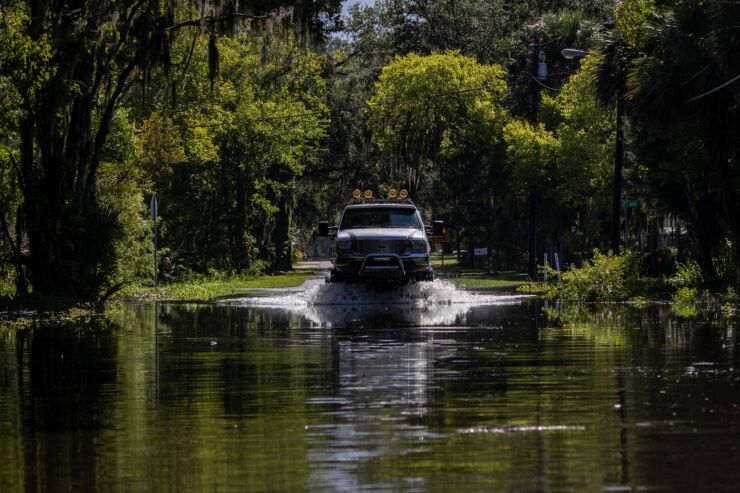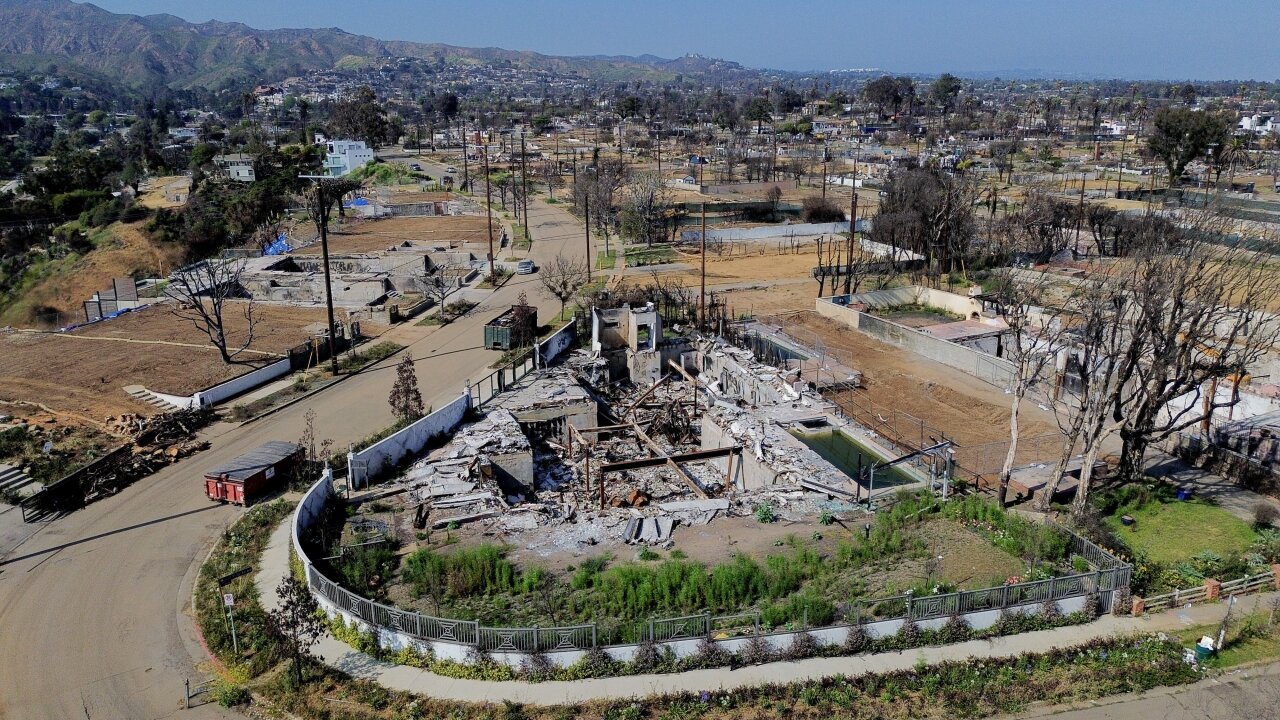The number of
With the frequency and scale of these occurrences, agencies can't afford to shut down during large or small weather events. In fact, during crises like these, insureds rely on their agents more than ever. But most agencies are located in the same areas as their customers and they're often impacted by the same events. So
The first step: every agency needs a disaster plan which outlines a course of action if an event occurs. Owners should identify the most likely disasters and determine key steps to take. Will employees evacuate or stay put? How will they communicate with customers? How can they begin working again?
Answers to these questions and others often require technology to get the agency up and running as quickly as possible. After they develop the initial plan, agents should look at technology to support those plans. Laptops and cloud-based solutions are often the top technologies on agencies' lists. But here are four less-talked-about technologies that can support every agency's disaster management plan.
1. Embrace texting, but make sure messages are captured.
Texting can be one of the most useful tools during a disaster. It can be a way to give quick updates to your own team through a group text. When phone lines might be busy, customers can text questions and get answers from your team. And it can be a way to quickly share claims information with customers. People might not have access to a computer or other tools. Texting customers information they need like claim numbers and adjuster names and phone numbers, provides a valuable service.
Have a policy in place for capturing the messages. By not having a record of text conversations, some things could fall through the cracks making your agency susceptible to E&O exposures. Check to see if some of the solutions you are currently using, such as your agency management system or your Voice Over Internet Protocol (VoIP) phone provider, has a text capturing capability. If they do not, there are other insurtechs on the market that specialize in cataloguing your text based communications.
2. Hotspots can ensure continued access.
As anyone who's been through a big storm knows, you can't rely on internet connectivity after an event. If employees evacuate, they may have access from a remote location. But if they decide to stay, getting them online can be a challenge. Hotspots allow team members to have the access they need even if their internet service gets disrupted. When purchasing hotspots, do research into the different cell providers in the area. See which ones were more stable during previous storms. This can help you choose the hotspot provider with the most reliability.
3. Utilize social media and websites to keep clients informed.
Customers want answers fast. You can provide updates on both social media and your website about your availability, general claims tactics, post-disaster steps they should be taking. Consider having a predesigned front page to your website with all of the information a customer might need, including carrier contact information. This can easily go live when an event occurs.
4. Use team collaboration tools to keep your employees informed.
Solutions like Microsoft Teams and Slack make it easy for employees to talk with one another online. These solutions operate like conversations so your agents can share details about task owners, next steps, and questions. It can also be a place to house documents outlining the disaster plan protocols for easy reference.
The calm before the storm is exactly the time when agencies should be thinking about their disaster plans. Knowing what to do is only part of the plan. Agencies need to have the right solutions to make their plans a reality. By investing in the right technology, agencies will be able to quickly resume operations after a catastrophic weather event and serve their customers.






